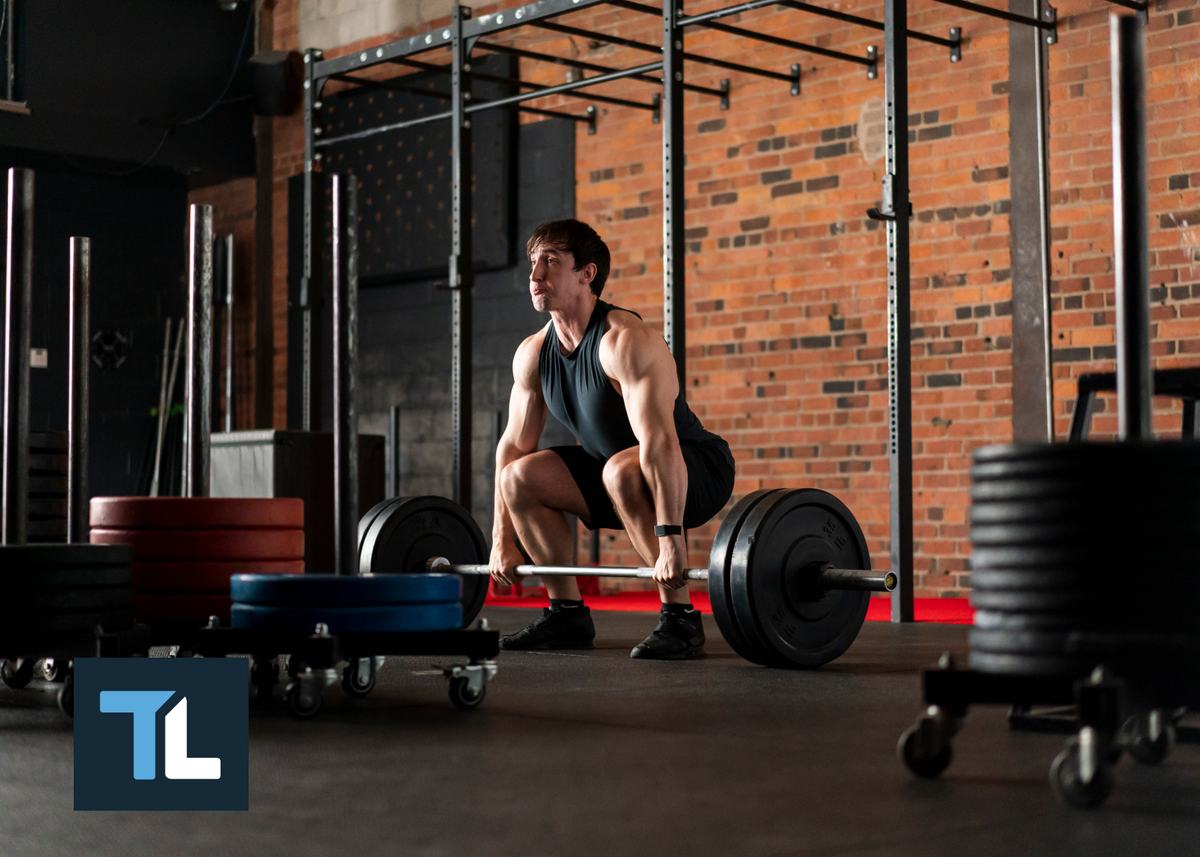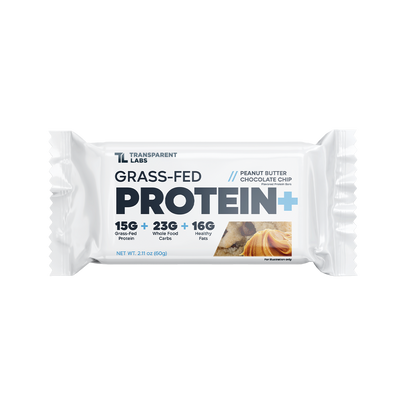Beginner's Guide to Sumo, Conventional, and Romanian Deadlift Form

The Ultimate Guide to Proper Deadlifting Form
If you’re searching for a fully functional, versatile, muscle-activating exercise, look no further. The deadlift is one of the most impressive compound exercises that can be implemented in nearly any fitness routine.
When it comes to building strength and minimizing the risk of injury, proper deadlift form can make all the difference in your next strength training session.
Follow along as we guide you on proper form, the importance of different grip techniques and deadlift variations, and so much more. From mixed-grip sumo deadlifts to double overhand Romanian deadlifts and beyond, we will help you build the confidence to deadlift safely and with certainty every time!
What is a Deadlift?
Deadlifting is a highly effective compound exercise that helps increase functional strength, build muscle, improve lower body range of motion, build grip strength, and increase core balance and stability [1].
Deadlifts primarily target a wide range of major muscle groups along the posterior chain including the glutes, hamstring muscles, and low back muscles (i.e. erector spinae). As a compound exercise, it also requires secondary muscle activation from the quad muscles, upper back, arms, and abdominal muscles.
The Importance of Proper Deadlift Form
No matter if you’re looking to improve strength, increase muscle growth, or be able to carry out day-to-day tasks with ease, the deadlift can do it all.
Taking into account the number of muscles being activated, proper deadlift form is essential to reducing the risk of injury — especially when it comes to lifting heavier weights.
With proper form, you’ll be able to try variations and deadlift grip techniques that completely redefine the exercise. From the conventional deadlift with the mixed grip or overhand grip to the wide stance sumo deadlift, there are so many ways to modify this exercise to achieve the greatest benefit.
How Different Deadlift Grips Can Change the Exercise
As we age, our grip strength tends to decline gradually over time. Maintaining strong grip strength is an essential part of our health and well-being [2].
For deadlifting, having the option to alternate between different grip techniques is beneficial in minimizing the risk of injury (i.e. biceps tears) and preventing muscle imbalances.
The top four most common deadlift grips include the double overhand grip, mixed grip, snatch grip, and hooked grip.

Double Overhand Grip
The double overhand grip is a common deadlifting style where both of your hands are gripping the bar face down.
This technique is recommended for newer lifters to help improve grip strength without over-exerting themselves with heavy weights. The overhand grip technique also uses more forearm activation compared to the mixed grip or hook grip [3].
When you want to advance to heavier weights, straps are a helpful piece of equipment that fasten your arms to the barbell to assist with increased posterior chain loading.
Mixed Grip
The mixed grip deadlift involves gripping the bar with one palm facing up (supinated) and the other one facing away from you (pronated).
The mixed grip is a safe option to prevent the bar from rolling out of your hands while lifting the weight. As you progress to heavier weight, a mixed grip is more advantageous in allowing you to increase your rep count compared to the overhand grip.
Snatch Grip
The snatch grip deadlift is a beloved technique in the CrossFit community. Using a wider grip, the snatch grip requires the lifter to bend over more than a conventional deadlift which results in greater activation of the glutes and hamstring muscles.
Hooked Grip
The hook grip deadlift involves wrapping four fingers (index finger to pinky) over the barbell in an overhand grip position then trapping your thumb under your index and middle finger.
The hook grip helps ensure less slippage compared to the overhand grip, allowing you to lift heavier weight.
How to Perform a Deadlift
Now that we’ve sorted out all the many grip techniques, it’s time to execute proper deadlift form!
Among the many deadlift variations, we will be focusing on the top three most common: the conventional deadlift, the sumo deadlift, and the Romanian deadlift.
1. Conventional Deadlift
When you think of a deadlift, chances are you’re thinking of the conventional deadlift. As a popular option for both beginner and advanced lifters, the conventional deadlift focuses on a full range of motion using more of a horizontal trunk angle to lift “dead weight” off the ground.
The conventional deadlift requires activation of all major muscle groups of the knee, hip, and lower back with increased activation of the quad muscles compared to other deadlift variations [4, 5].
How to do it:
-
Starting in a standing position with your feet hip-width apart, position the loaded barbell just overtop of your shoelaces
-
Push your hips back and hinge your upper body forward making a straight line with your back (in a neutral spine position)
-
Reach down to grab the bar using a shoulder-width grip (either overhand grip or mixed grip) with a slight bend in the knees
-
Keeping your arm straight, pull the bar up while engaging your upper back, abdominal muscles, and posterior chain muscles
-
Pull straight up along the line of your legs, keeping your torso upright while pulling your shoulder blades together
-
As the bar passes your mid-thighs, begin to push your hips forward by tightening your glutes
-
Once you’ve reached full leg extension, hold for a moment, then slowly return the bar down to the floor to reset
2. Sumo Deadlift
The sumo deadlift is an excellent variation for both beginner and advanced lifters alike. Unlike the conventional deadlift, the sumo deadlift involves a broader foot stance and wide hip position to allow for increased glute, adductor, hamstring, core, and lower back activation [6].
In this position, you’re able to lift more weight and develop your hips and posterior chain – so long as the correct deadlift form is maintained throughout.
How to do it:
-
Get into proper sumo deadlift form with a wide foot stance, toes pointing slightly out
-
Bring your hips down towards the loaded barbell in a semi-sumo squat position
-
With straight arms, reach down and grab the bar with your hands shoulder-width apart using the overhand grip, mixed grip, or hook grip technique
-
Keep your chest high in a straight line neutral spine position with your shoulder blades together
-
Take a deep breath in as you activate your abdominal muscles, lower back, glutes, and hamstring muscles to prepare to lift
-
Pull up on the bar while simultaneously pressing your heels down into the ground
-
Keep the bar close to your body as you lift up to a straight leg position, squeezing your glutes and locking out your knees and hips at the top
-
Slowly lower the bar back down to the ground, keeping your upper back in an upright position
3. Romanian Deadlift
The Romanian deadlift is a traditional barbell exercise that emphasizes strength gains along the posterior chain muscles. With correct deadlift form, this exercise encourages a wider range of motion to target hamstrings to help build strength, power, and flexibility.
How to do it:
-
Begin in a hip-width stance with the barbell in front of you
-
Bend your knees slightly and hinge your hips forward, maintaining a neutral position along the spine and upper torso
-
With straight arms, grab the bar with both hands shoulder-width apart using either an overhand grip or mixed grip
-
Look down and slightly forward to align your neck with your back to avoid hyperextension
-
Engage your glutes, hamstrings, and core as you drive your feet into the ground to begin lifting the weight of the loaded barbell up towards your upper thighs
-
For optimal deadlift technique, make sure to squeeze your glutes as you lock out your hips at the top of the movement
-
Slowly lower the barbell down to the floor, maintaining a neutral spine throughout and prepare for the next rep









